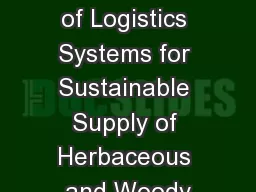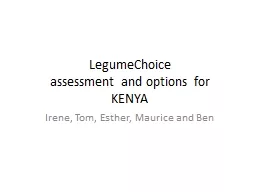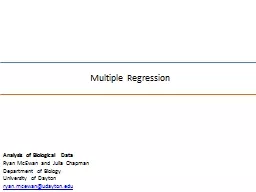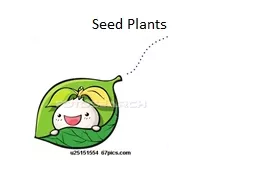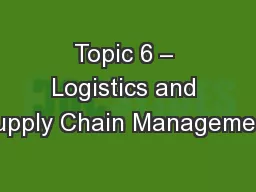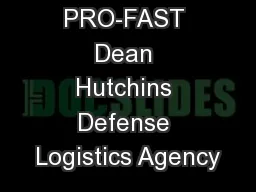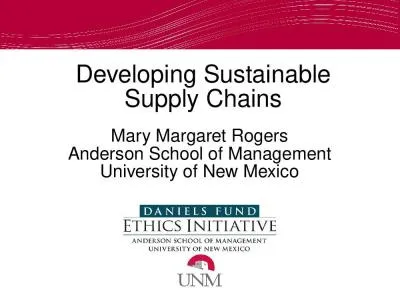PPT-Development of Logistics Systems for Sustainable Supply of Herbaceous and Woody
Author : karlyn-bohler | Published Date : 2018-09-29
Feedstocks Final Report Vance Morey Bioproducts and Biosystems Engineering Collaborators Gary Sands Nalladurai Kaliyan Dario Sanchez Bioproducts and Biosystems
Presentation Embed Code
Download Presentation
Download Presentation The PPT/PDF document "Development of Logistics Systems for Sus..." is the property of its rightful owner. Permission is granted to download and print the materials on this website for personal, non-commercial use only, and to display it on your personal computer provided you do not modify the materials and that you retain all copyright notices contained in the materials. By downloading content from our website, you accept the terms of this agreement.
Development of Logistics Systems for Sustainable Supply of Herbaceous and Woody: Transcript
Download Rules Of Document
"Development of Logistics Systems for Sustainable Supply of Herbaceous and Woody"The content belongs to its owner. You may download and print it for personal use, without modification, and keep all copyright notices. By downloading, you agree to these terms.
Related Documents

